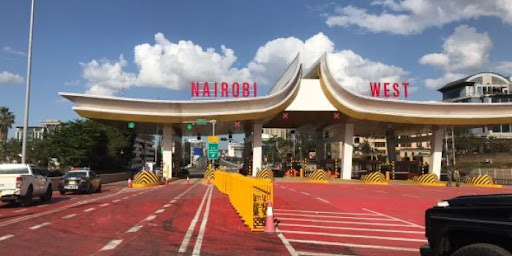

Moja Expressway, the company that manages the Nairobi
Expressway, has explained why there has been increased traffic on the road built
to ease traffic congestion in the city.
This follows complaints from a section of Kenyans online after there was a traffic snarl-up on the expressway on Monday morning.
The company said the snarl-up was a result of the ongoing construction on Mombasa Road.
It further urged motorists to exercise caution and drive at the designated speeds, especially on the entry and exit points.
“Please be advised that due to ongoing construction on Mombasa Road (A8), there is a sudden influx of vehicles on the Nairobi Expressway.
“For your safety, motorists are advised to exercise caution and drive within the designated speed, especially at the entrances and exits. We apologize for any delays and thank you for your continued patience,” Moja Expressway said.
“Note that the designated speed limit is 80kph.”
The expressway seeks to decongest Mombasa Road, Uhuru Highway and Waiyaki Way but has experienced traffic since it was opened to the public.
The road has 11 tolling stations, 54 toll plazas, and 54 cameras, with 126 cameras inside the toll plazas.
The road is monitored with recordings being done at 30-minute intervals.
There’s a smart monitoring system that detects congestion, spillage, vehicle reversals, pedestrian crossing and emergencies.
The dual carriageway has 11 interchanges at Mlolongo, Standard Gauge Railway, JKIA, Eastern Bypass, Southern Bypass, Capital Centre, Haile Selassie Avenue, Museum Hill, Westlands, and James Gichuru Road.
The expressway, with 18.2km on the ground and 8.9km elevated, is a class A, four-lane dual carriageway with a design speed of 80km per hour.
The expressway is among China’s flagship projects in Kenya, East Africa under the Belt and Road Initiative and shortens travel time from JKIA to Nairobi CBD to 20 minutes, from two hours largely because of traffic.
China Roads and Bridges Construction will operate and maintain it for 30 years to recoup their investment.

